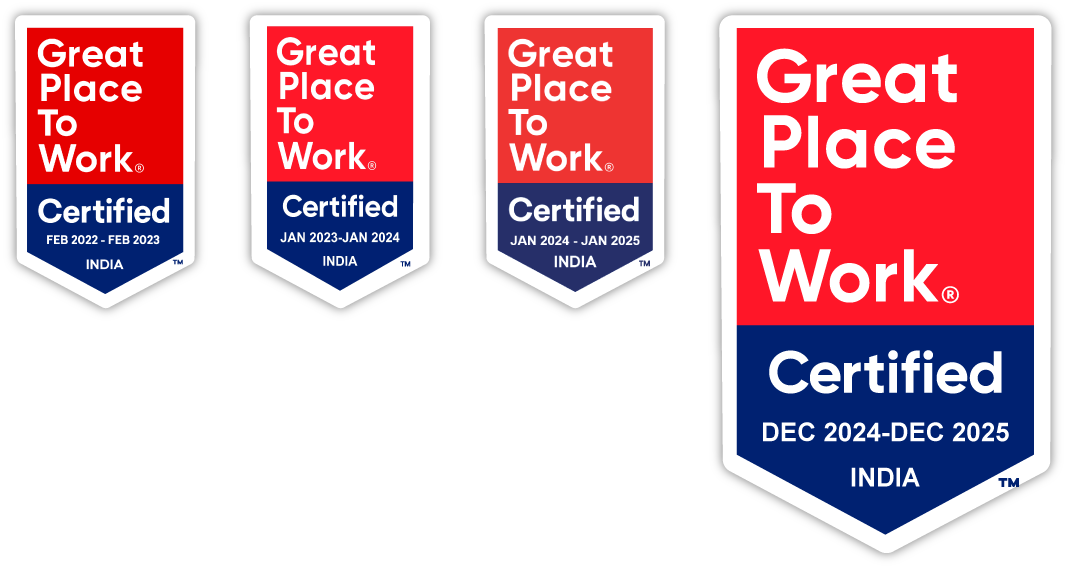Overview
This case study outlines the end-to-end development of a robust biostatistics platform for a European agri-chemical company. Designed to enhance R&D efficiency, the solution integrated automated statistical workflows, a self-service UI for business users, and a DevOps framework for scalable operations. Through careful capability mapping, tool evaluation, and technical implementation, the platform streamlined data analysis, enabled reproducibility with experiment tracking, and empowered cross-functional teams via shared environments. With up to 50% time savings and a 3x increase in platform access, the solution accelerated product innovation and digital phenotyping through automation, collaboration, and long-term scalability.

Our client
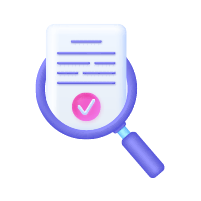
Client’s challenge
They aimed to automate statistical workflows to reduce manual effort and improve consistency. The client also needed to empower non-technical users with a self-service interface while ensuring long-term scalability and maintainability through robust DevOps integration.
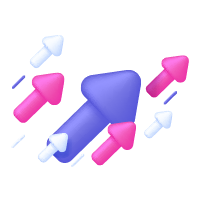
Client’s goals
The client sought to develop and deploy an advanced R&D biostatistics platform to enhance statistical analysis capabilities. Their key objectives included automating statistical pipelines for biostatisticians, providing a self-service user interface for end-users, fostering collaboration within teams through shared code and standardized workflows, and equipping users with DevOps capabilities for long-term scalability.
Our approach
Our approach was structured into two primary phases: analysis and technical implementation.
Analysis phase
We began by identifying the core capabilities required for the platform, mapping out potential user groups, and defining key use cases ranging from low/no-code applications to full-code solutions. The scope covered traditional data analysis as well as machine learning applications for digital phenotyping and product development. We evaluated a range of tools, including open-source, commercial, and internal solutions, to determine the most suitable technology stack. A capability mapping exercise helped shortlist the most promising commercial candidates for further demonstrations and assessments.
Technical design & implementation
The technical phase focused on automating and standardizing development and deployment processes while ensuring the platform adhered to DevOps best practices. We implemented:
- A shared development environment for seamless collaboration
- Code versioning, testing, and CI/CD pipelines to maintain code quality and traceability
- A self-service interface to empower business users with minimal technical expertise
- Experiment tracking and data versioning to enhance reproducibility
The core biostatistics platform incorporated multiple layers of functionality, including:
- Data analysis workflow: Encompassing data exploration, validation, preparation, processing, and integration
- Data virtualization server: Centralizing data access and management
- Data repositories: Storing experiment metadata, artifacts, and analysis results
- Analysis execution and result dashboards: Providing intuitive insights for decision-making
- Software packaging & deployment: Streamlining software updates and maintenance
Additionally, we introduced DevOps training to empower the client’s team with best practices in work planning, version control, and CI/CD pipelines using Azure DevOps. Developers were trained to manage feature branches, conduct peer code reviews, and implement automated testing workflows, ensuring efficient and sustainable operations.
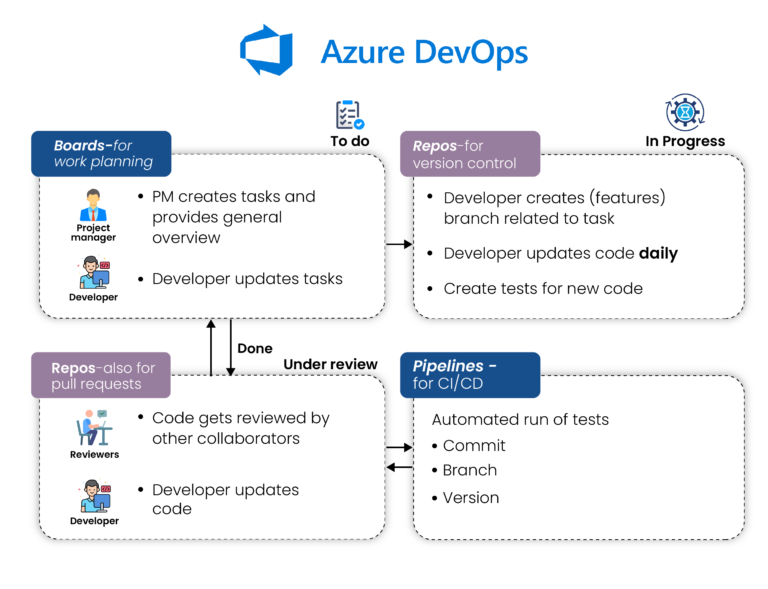
Our solution
The implemented biostatistics platform successfully integrated automation, collaboration, and scalability into the client’s R&D workflows. By leveraging shared environments and standardized processes, the platform enabled streamlined statistical analysis and empowered end-users with an intuitive self-service interface. The DevOps framework ensured long-term sustainability, allowing teams to iteratively improve and scale their capabilities.
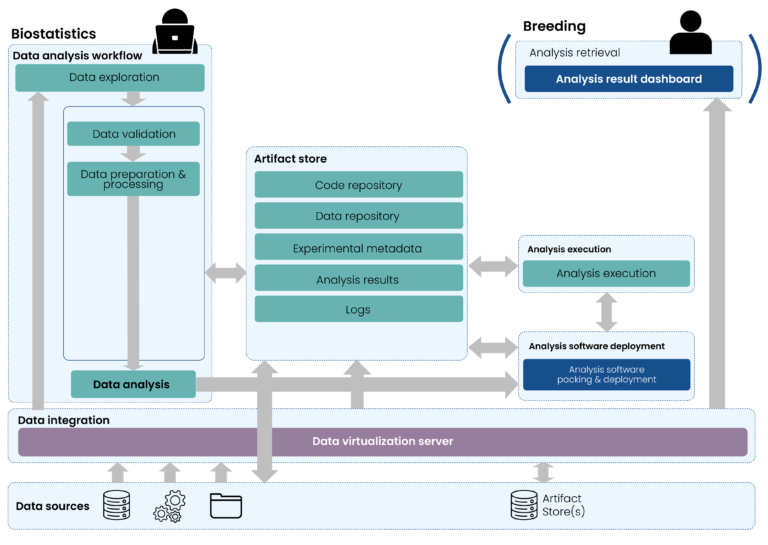

Conclusion
The biostatistics platform delivered a measurable uplift in R&D productivity, reducing manual statistical processing time by up to 50% and increasing reproducibility through fully automated, version-controlled workflows. The self-service interface expanded platform access to 3x more users, enabling faster, data-driven decisions across teams. DevOps integration cut deployment cycles by 40% and equipped internal teams with the tools to scale sustainably. Overall, the client achieved greater speed, precision, and collaboration in biostatistical analysis—accelerating innovation in product development and digital phenotyping.

